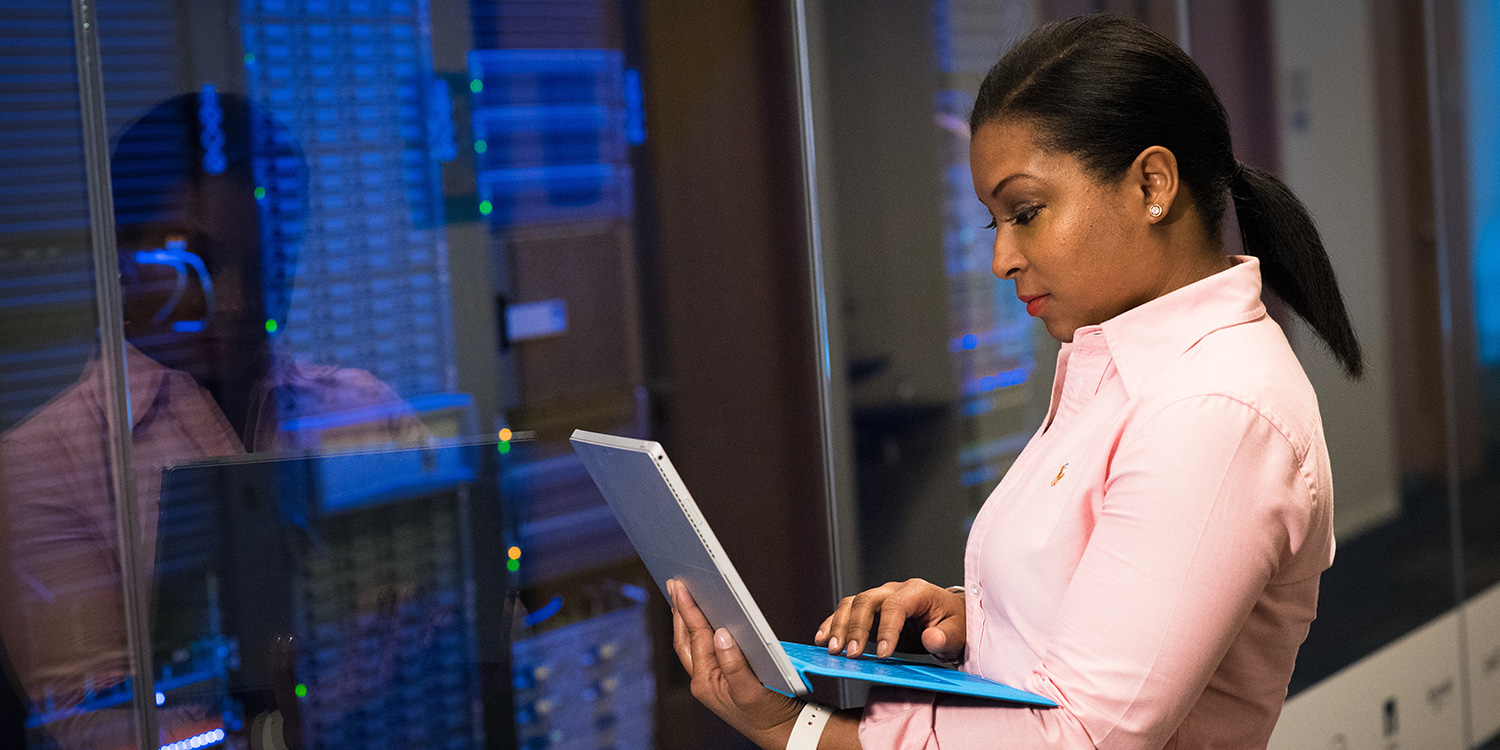October is National Cybersecurity Awareness Month. The theme for the month is “Do Your Part. #BeCyberSmart.” The theme urges people to take responsibility for protecting their part of cyberspace.
Weekly Themes
Cybersecurity Awareness Month also has four weekly themes and is offering webinars to help businesses follow them.
- If Your Connect It, Protect It (Week 1): The focus is on the widespread use of internet-connected devices. Laptops, smartphones, tablets, and IoT-enabled devices bring convenience to our daily lives. Yet, they provide cybercriminals with more opportunities to attack.
- Securing Devices at Home and Work (Week 2): The COVID-19 pandemic disrupted the way people work, learn, and socialize online. More people are working from home, which brings new vulnerabilities to the office network.
- Securing Internet-Connected Devices in Healthcare (Week 3): Internet-connected devices provide the healthcare industry with solutions that can improve patient care, organizational efficiency, and speed of crisis response. The industry leverages telemedicine, digital health records, internet-connected medical devices, patient wellness apps, and third-party supply chain partners. Yet, these devices expose the industry to vulnerabilities that cybercriminals try to exploit.
- The Future of Connected Devices (Week 4): Technological innovations, such as 5G, can affect consumers’ and businesses’ online experiences. Users can experience faster speeds and data transfer. But these features increase the surface attack area for hackers. Users must ensure their security measures keep up with the growth of connected devices.
Cybersecurity Tips for Businesses
NCSA recommends businesses follow these tips:
- Align security awareness programs with corporate goals. That way, corporate leaders will have the confidence to deliver the message. Plus, you will get more support and participation from employees.
- Customize the awareness program for your employees. The IT department can analyze the company’s network activity. Look for risky employee habits, such as clicking on phishing emails and downloading apps without IT input. Next, design the program accordingly.
- Communicate through a variety of messaging channels. As a rule of thumb, employees tend to receive about 120 emails a day. Employees can miss seeing your messages in the inbox. Get your messages across by using more communication channels including internal chat, intranet sites, webinars, voicemail drops, computer login screens, and promotional swag.
- Get your employees involved. Make the learning experience fun by running contests including online scavenger hunts, phishing email quizzes, and virtual capture the flag.
- Measure the success of your cybersecurity programs. Request feedback from employees. Furthermore, create metrics such as the number of security issues reported, and phishing emails clicked.
Cybersecurity Tips for Individuals
Also, individuals can follow these cybersecurity tips:
- Lock down your login. Create unique and easy-to-remember passphrases with at least 12 characters. Store the logins in a password management program. Similarly, enable multi-factor authentication for email, banking, and social media accounts.
- When in doubt, throw it out. Be careful with clicking on links from emails, texts, social media posts, and online advertising. The links can download malware and lead to malicious web portals. Do not click on links and attachments from strangers.
- Keep a clean machine. Make sure you or your IT department keep your devices’ operating systems, applications, and security software up to date. Also, review the tips for protecting computers here and mobile devices here.
- Back it up. Protect your work, photos, and music. Make an electronic copy and store it safely. Additionally, use the 3-2-1 rule: three copies of your data, two backup copies on different storage media, and one copy located offsite. If you need more assistance, check out our Backup as a Service.
- Own your online presence. Configure the privacy settings for your apps, online accounts, and new devices to share only the amount of information with which you are comfortable.
- Share with care. Think before posting on social media and how the posts affect you or others. Keep your profile private or consider creating a persona.
- Get savvy about Wi-Fi hotspots. Public Wi-Fi networks are not secure. Consequently, you should limit your activity on these signals. Do not log into private sites, such as banking accounts. If you need to use these sites, use your mobile signal, VPN, or portable hotspot. This blog has more tips on using public Wi-Fi hotspots safely here.
- Cybersecure your home office. Secure your devices, network, and user practices by following this blog.
- Consider more cybersecurity protection. Our Security as a Service includes ransomware protection, email security, web security, enterprise anti-virus & anti-malware protection, intrusion detection, and security monitoring.
SwiftTech Solutions wants to make sure your business stays protected. If you have any questions about your company’s security, feel free to contact us by calling 877-794-3811 or emailing info@swifttechsolutions.com.
SOURCES
National Cybersecurity Alliance. Cybersecurity Awareness Month. Retrieved from: https://staysafeonline.org/cybersecurity-awareness-month/

